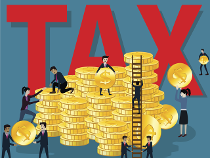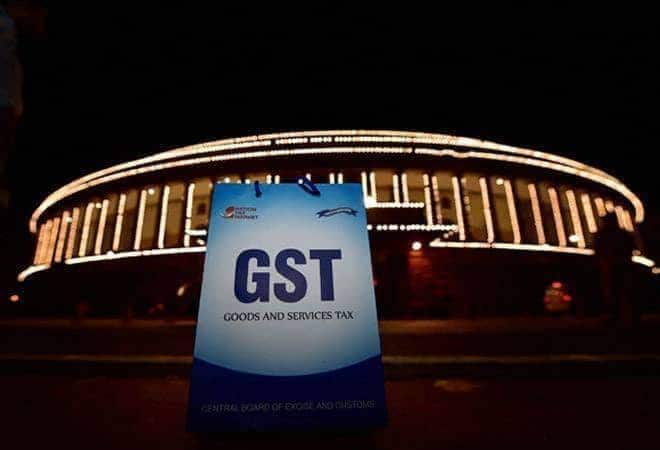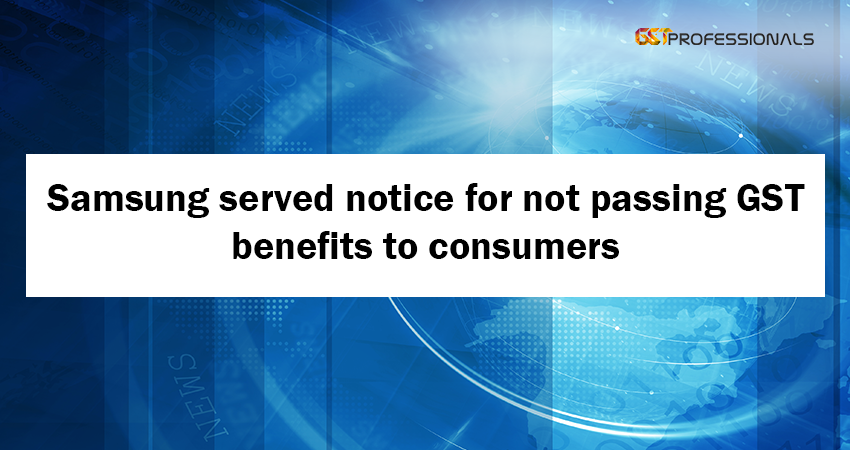GST: Now you can claim tax credit for advertising, marketing
For the first time in the history of taxation in India we are now going to have multiple rates of taxes for services.
We are going to have some services which are going to be exempted, some which are at 5%, some which are at 12, 18% and some at 28%. Taxation for services is similar to goods, where the largest category of goods is classified as 18, the largest type of services are also classified as 18%. Then there are few services which are at 28%.
With services again we have the typical challenges in terms of how do we define the services? How do we define an inter-sate provision of a service?
Those challenges have been taken care of in what is referred to as a place of supply rules. In GST we have a separate place of supply rule for goods and a place of supply rules for services. There is similarly time of supply rules for goods and a time of supply rule for services.
These together really signify the fact that when it comes to taxing of services, except the fact that that the services are intangible and goods are tangible and have a physical form, there is no difference in terms of the tax theory.
Under GST the greatest advantage today for all manufacturer of goods, traders of goods, and providers of services is the fact that since all four rates will be equally applicable to goods and services, if you are a manufacturer of goods and to manufacture those goods in addition to buying raw materials and capital goods you are also using some services, you will be getting a credit on all of those.
For example, this can be advertising or marketing services. It can also be training. Similarly, if you are a provider of services, you will also get a credit for all the goods that you procure. Now this is an anomaly which is being corrected 23 years after the service tax was introduced. Because if you looked at the provisions under the earlier indirect tax regime, it was a deep rooted anomaly.
If you are a provider of services, you can get a credit largely on the services that you procure and of some capital goods, which was also highly restricted. But, when you are a provider of services, you might need any goods to provide your services, and if manufacturers of goods can get a credit of all inputs of all capital goods, and all input services, by the same analogy, a provider of services should be getting a credit for all inputs all capital goods and all services.
That is what has happened with GST. When we look at services, and relate them to the three returns that have to be filed on 10th, 15th and 20th , the objective of filing those returns is to enable you to get a tax credit. And therefore please do not look at it merely as a compliance requirement or some kind of an unpaid obligation that you are extending to the government. This is not merely to perform a tax compliance function or to assist the government in tax collection; this is also to help you.
Therefore by the same analogy if you do not follow some of these compliances or your vendors do not follow some of these compliances you end up paying a higher tax. Now does anyone want to pay a higher tax? Nobody wants to pay a higher tax and therefore the objective is that you push your vendors to be compliant, your customers will push you to be compliant, their customers will push them to be compliant and in this whole value chain everyone compels the preceding layer to be compliant.
Now that is the entire objective of GST and therefore when you have to do three return filings, do not treat it as a mere compliance obligation, but look at it as a help us, to help you sort of approach that the government has taken.
Whether we look at goods or services, compliance is an embedded part of GST not only in India, but followed worldwide. It is going to take some time to get used to, but changes in taxing services under GST is big and long due.
Source: www.economictimes.indiatimes.com




